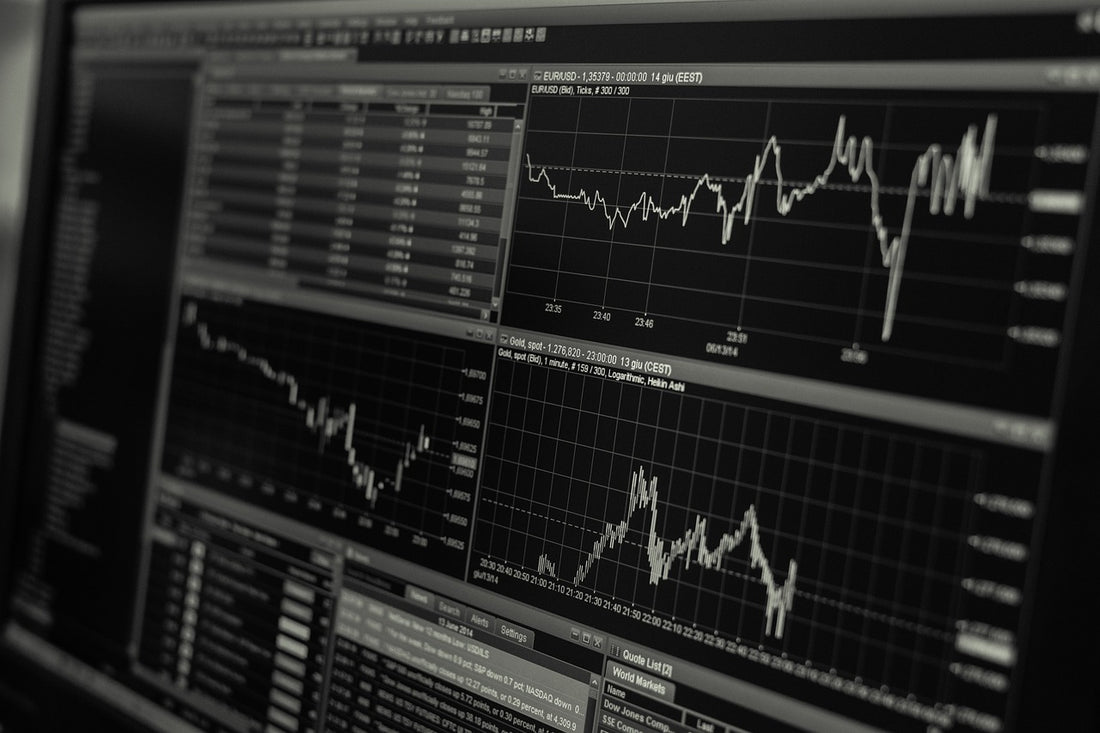
AD/DA Converters in audio
Share
In an audio environment, the use of AD/DA converters is essential for converting analog signals to digital and vice versa. This technology is used in recording studios, live sound setups, and even in personal audio equipment. In this article, we will explore what AD/DA converters are, their importance in the audio world, and how they work.
AD/DA converters, also known as analog-to-digital and digital-to-analog converters, are electronic devices that transform analog audio signals into digital data and vice versa. Analog signals are continuous waves that vary in amplitude and frequency, while digital signals are made up of discrete binary data.
In the audio industry, AD/DA converters are crucial for recording, mixing, and mastering audio files. For example, when recording music, an analog microphone captures the sound waves and converts them into analog signals. These signals are then sent through an AD converter, which converts them into digital data that can be stored on a computer. During mixing and mastering, digital audio files are converted back into analog signals using a DA converter, which allows the audio engineer to hear the audio in its analog form.
One of the key advantages of using AD/DA converters is that they allow for accurate and high-quality sound reproduction. Analog signals are susceptible to noise and distortion, which can be minimized with the use of AD/DA converters. By converting the analog signals into digital data, any noise or distortion can be removed, resulting in a clearer and more accurate sound.
Another benefit of using AD/DA converters is the ability to process audio digitally. With digital audio, audio engineers can use a range of tools such as equalizers, compressors, and effects to manipulate the audio signal. These tools can be used to enhance the audio quality or to add creative effects, which would not be possible with analog audio alone.
AD/DA converters work by sampling the analog audio signal at regular intervals and converting each sample into a binary number. The frequency at which these samples are taken is known as the sampling rate, and the number of bits used to represent each sample is known as the bit depth. The higher the sampling rate and bit depth, the more accurate the digital representation of the analog signal will be.
In conclusion, AD/DA converters are a vital component in the audio industry, allowing for accurate and high-quality sound reproduction, digital processing, and creative effects. By converting analog signals into digital data and vice versa, AD/DA converters have revolutionized the way we record, mix, and master audio files. With the continuous advancements in technology, we can expect even more sophisticated and efficient AD/DA converters in the future.


